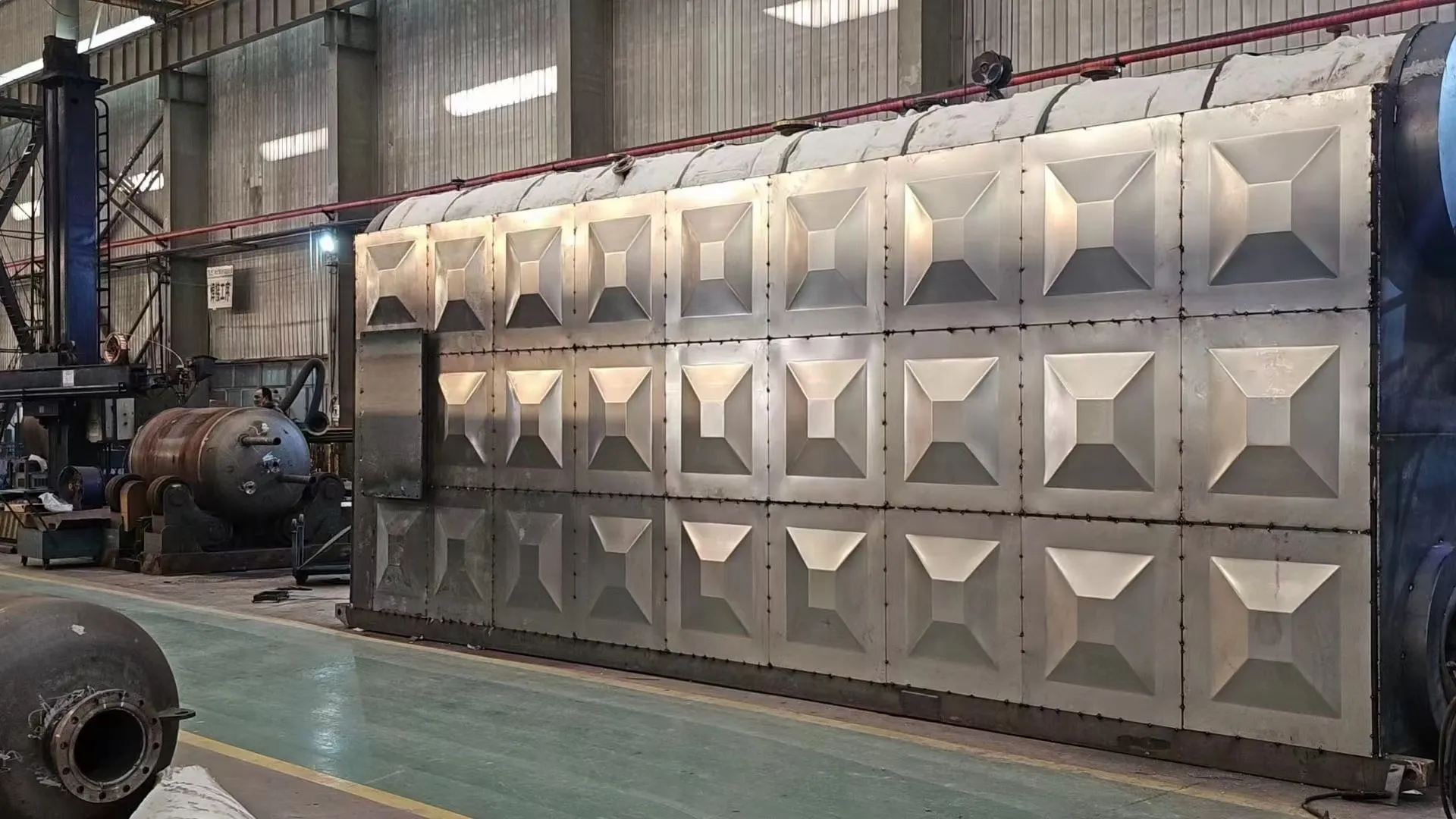hot oil circulating system suppliers
Understanding Hot Oil Circulating Systems and Their Suppliers
Hot oil circulating systems play a crucial role in various industrial applications, particularly in processes that require consistent and efficient heat transfer. These systems utilize a heat transfer fluid (HTF)—typically an oil that can operate at high temperatures—to transport heat from one process area to another. In industries such as chemical processing, food production, pharmaceuticals, and even power generation, having a reliable hot oil circulating system is essential for maintaining optimal operational conditions.
The Importance of Hot Oil Circulating Systems
Hot oil circulating systems are designed to provide uniform heating, ensuring that processes run smoothly and efficiently. Unlike traditional steam heating systems, which can lead to temperature fluctuations, hot oil systems maintain consistent heat levels, minimizing product quality issues and improving energy efficiency.
One of the primary benefits of these systems is their ability to operate at higher temperatures without increasing pressure, which enhances safety and reduces the risk of boiler malfunctions. Additionally, since they utilize oil instead of water or steam, they can be tailored for specific temperature ranges that suit various industrial applications, making them highly versatile.
Key Components of a Hot Oil Circulating System
A typical hot oil circulating system consists of several critical components
1. Heat Transfer Fluid (HTF) The selection of HTF is crucial as it must have a high thermal stability and a low viscosity at operating temperatures. Common fluids include mineral oils and synthetic oils, each chosen based on the operational requirements.
2. Heating Equipment This can include electric heaters, oil-fired heaters, or other devices capable of heating the HTF to the desired temperatures.
3. Pumps Circulating pumps are essential for moving the heated oil throughout the system. Pump selection depends on flow rate requirements, viscosity of the fluid, and system layout.
4. Heat Exchangers These are used to transfer heat from the HTF to the product or process stream, ensuring efficient heat transfer while minimizing energy loss.
hot oil circulating system suppliers

5. Control System Advanced control systems monitor and regulate temperature, flow rate, and pressure, allowing for precise control over the heating process.
Choosing the Right Supplier
When selecting a supplier for hot oil circulating systems, several factors must be considered
1. Experience and Expertise Look for suppliers with a proven track record in designing and implementing hot oil systems. Their experience in the industry can provide insights into best practices and potential pitfalls.
2. Quality of Components Ensure that the supplier sources high-quality components, particularly when it comes to pumps, heaters, and control systems. Quality parts minimize the risk of system failures and prolong the life of the equipment.
3. Customized Solutions Every industry and application is unique. A good supplier will offer tailored solutions that meet specific operational requirements, rather than one-size-fits-all products.
4. Support and Maintenance Accessible technical support and maintenance services are critical for ensuring the longevity and efficiency of the system. Suppliers should provide comprehensive service plans and training for personnel.
5. References and Case Studies Look for testimonials or case studies that demonstrate the supplier's capabilities and the effectiveness of their systems in similar applications.
Conclusion
Hot oil circulating systems are indispensable in industries where controlled heating is paramount. As processes continue to demand higher efficiency and reliability, the role of quality suppliers in providing effective hot oil systems cannot be overstated. By carefully evaluating potential suppliers based on their experience, product quality, and ability to deliver custom solutions, businesses can ensure they are equipped with the best systems to meet their heating needs. Investing in a robust hot oil circulating system will not only enhance operational efficiency but also lead to significant cost savings and improved product quality over time.
-
Top Electric Steam Boiler Manufacturers – Efficient Industrial SolutionsNewsJul.29,2025
-
Top Electric Steam Boiler Manufacturers | Reliable Industrial SolutionsNewsJul.29,2025
-
OEM Steam Boiler Solutions for Custom Needs | High Efficiency & VersatilityNewsJul.29,2025
-
High-Efficiency Thermal Oil Boiler for Industrial Heating SolutionsNewsJul.29,2025
-
Top Electric Steam Boiler Manufacturers for Industrial EfficiencyNewsJul.28,2025
-
Top Electric Steam Boiler Manufacturers | Industrial Solutions & CustomizationNewsJul.27,2025

